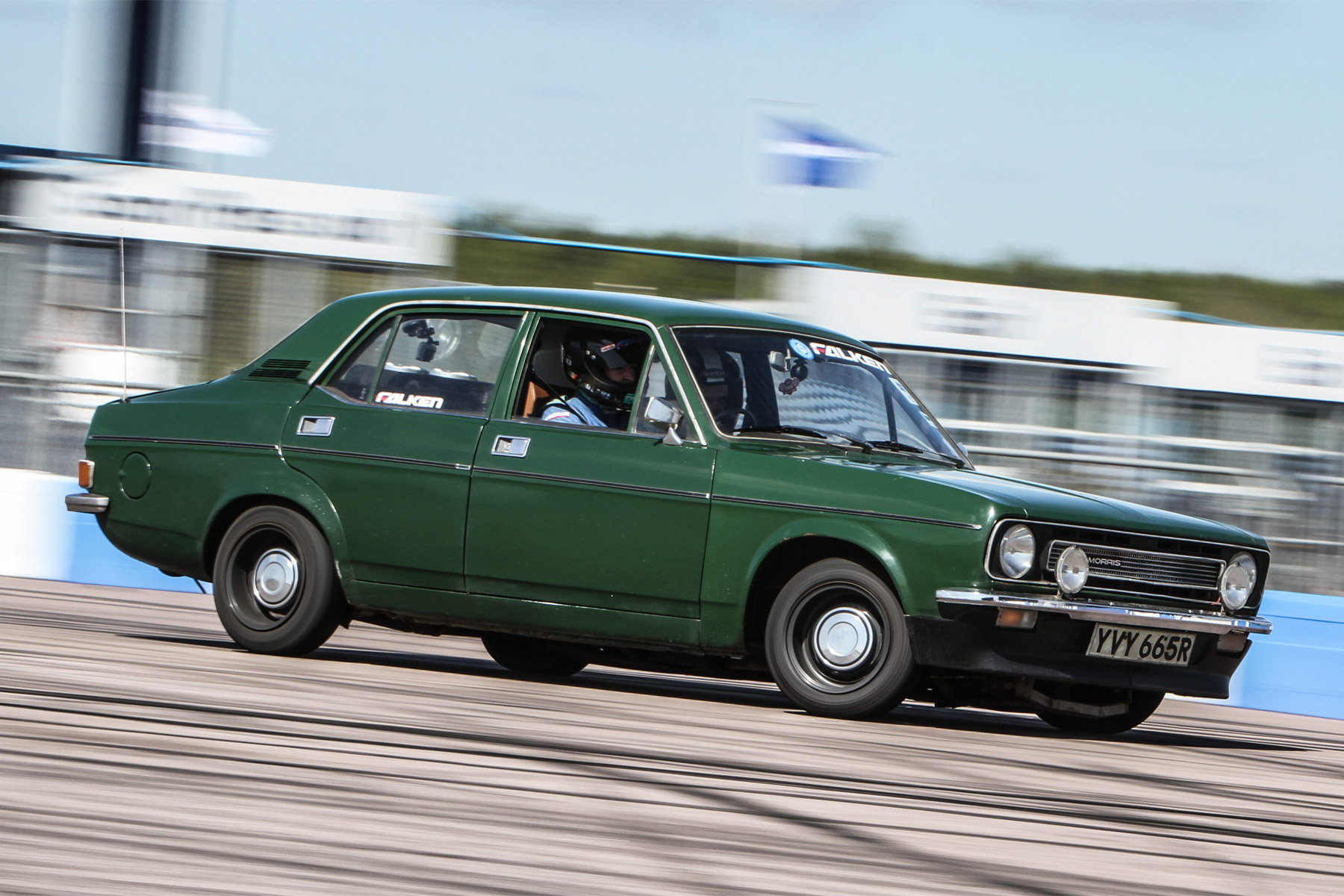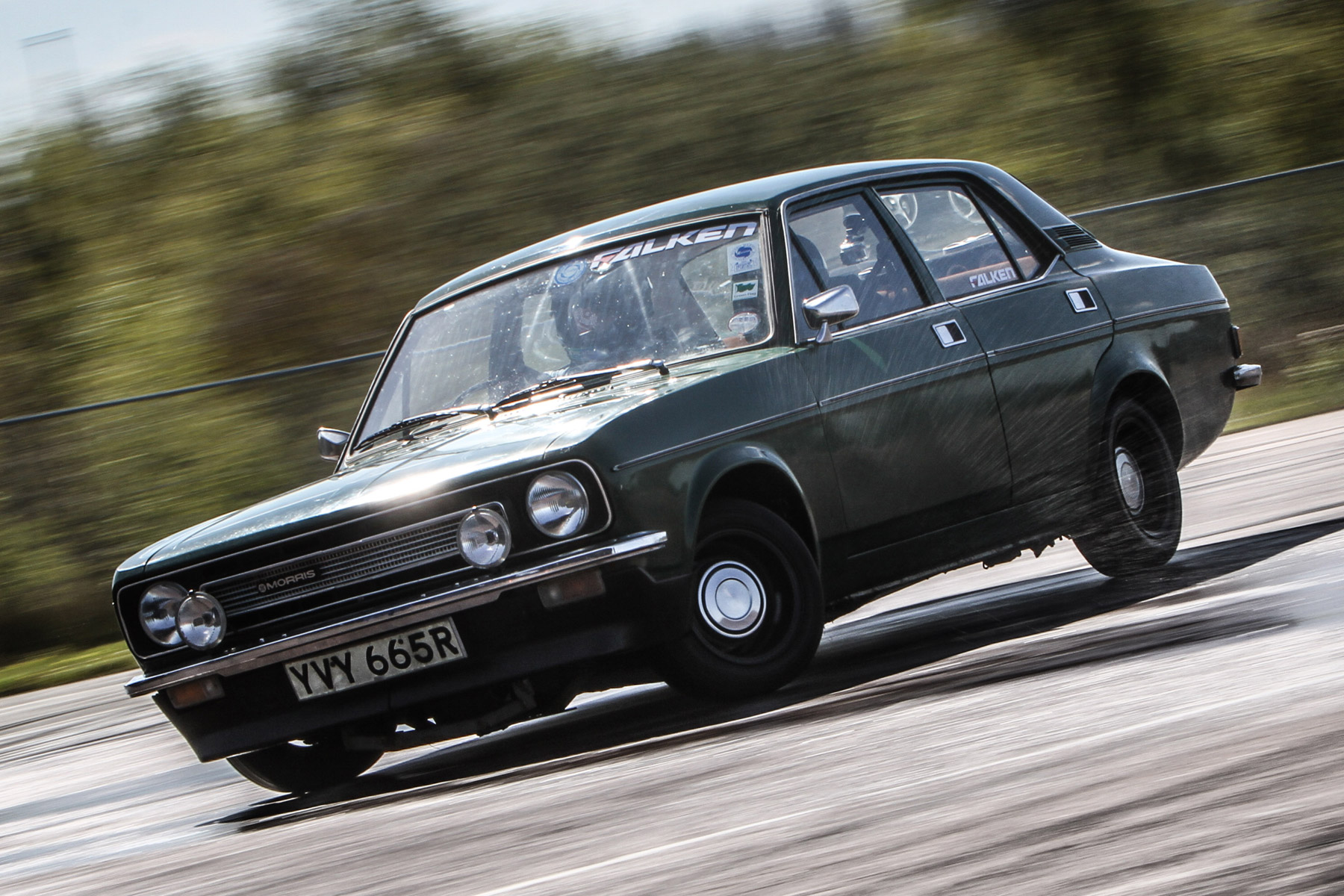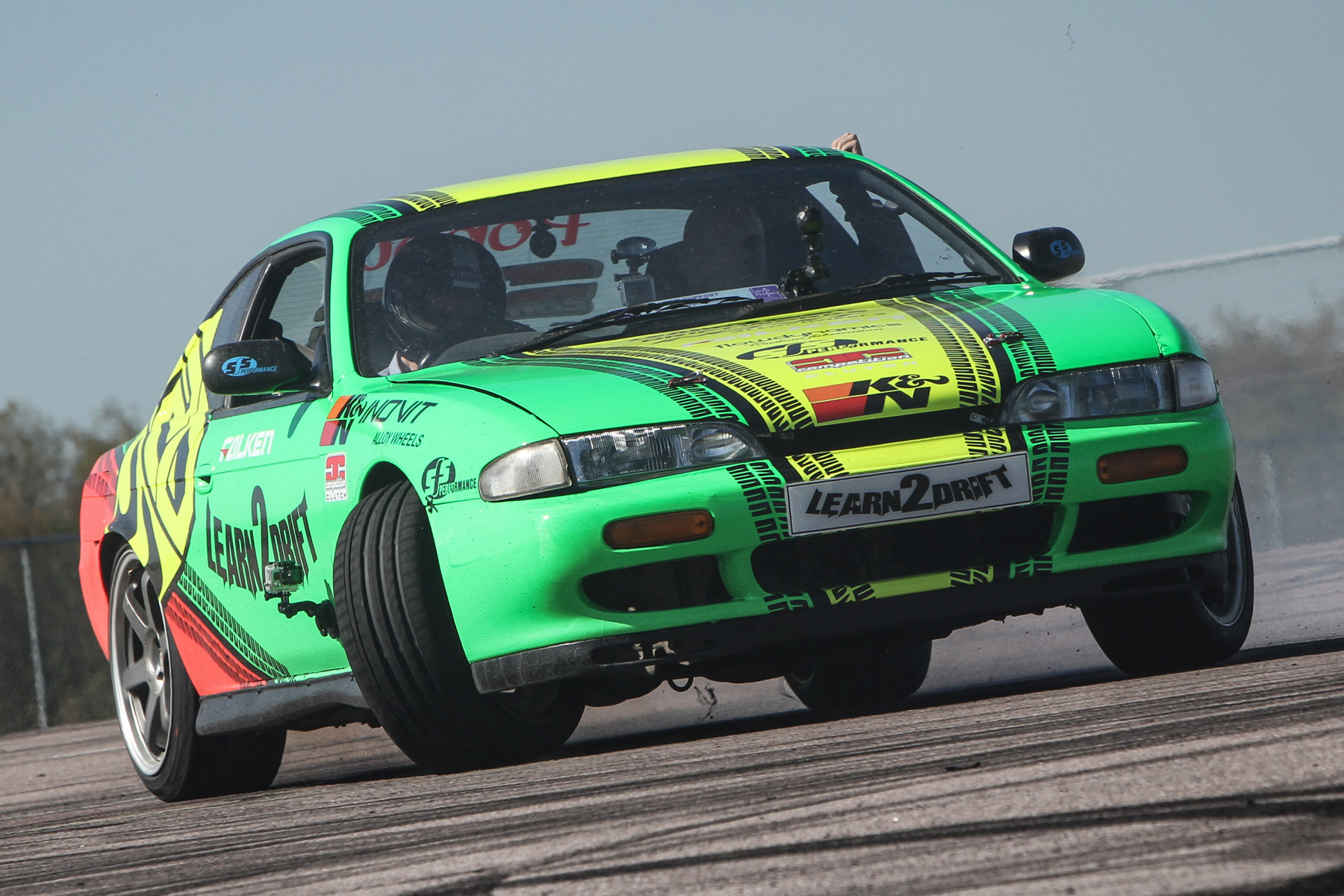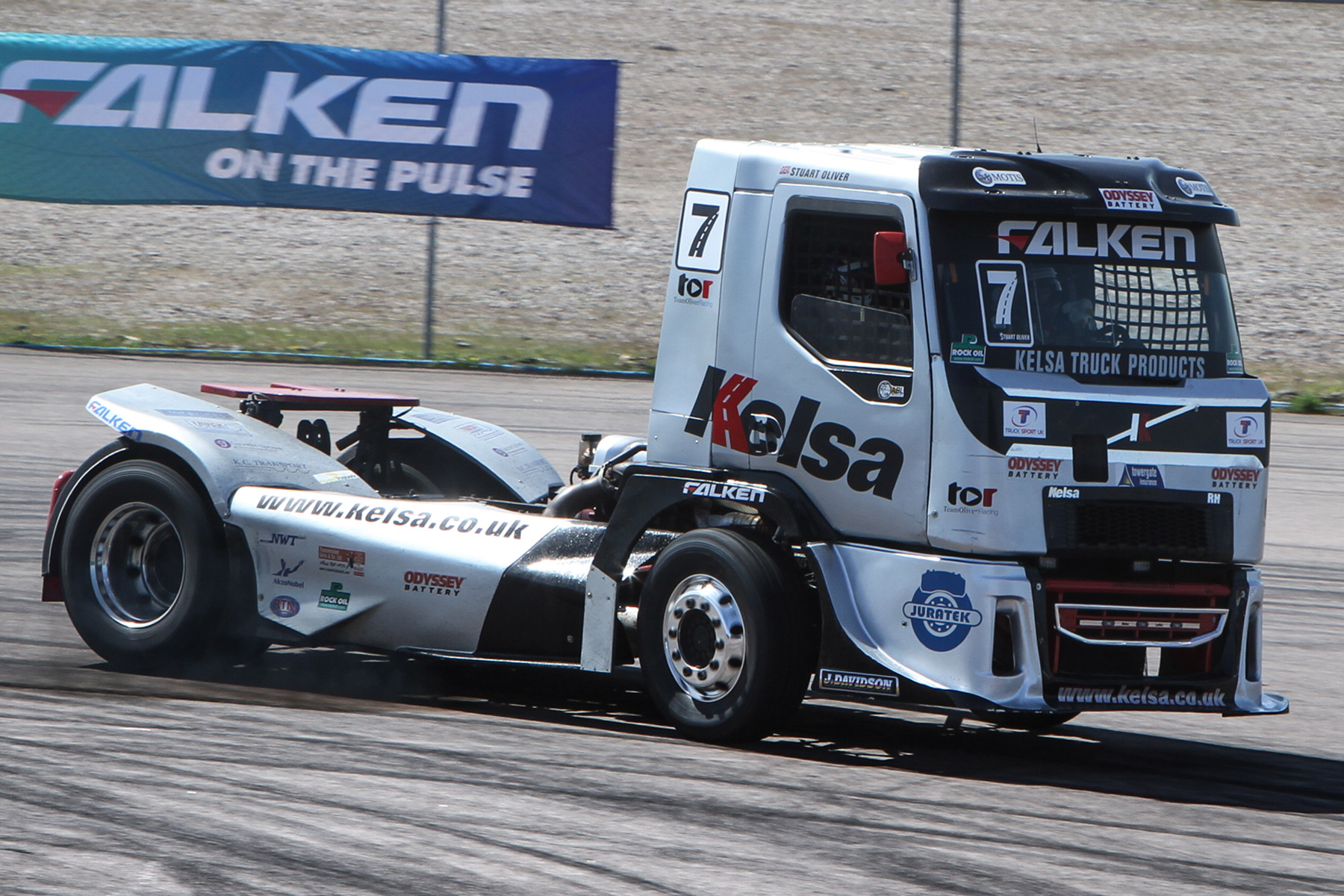
I’ve just broken a man’s Morris Marina. There are owners’ clubs stickers in the windows. It’s a rare classic car, and his pride and joy. And it’s just relieved itself of oil all over the floor while I was doing doughnuts.
Fortunately, Patxi Beasley is a pretty chilled guy. A young lad who works for a Land Rover specialist, I ask him how on earth he came to own a Morris Marina.
“I wanted a car from this era,” he told me. “And it needed to be rear-wheel drive.”
Of course, back when the Marina was launched in 1971, most of its competitors were rear-driven. But the Marina seemed a bit of a backward step for British Leyland. The firm had been pumping out the Issigonis-designed Mini for more than a decade, the front-wheel-drive Austin Maxi was introduced two years earlier, and the ‘innovative’ new Allegro was on its way.
But rear-wheel drive is what the market wanted, so that’s what the market got. The Marina was a success for BL, regularly appearing in the top three cars on sale in the UK – despite receiving a pasting from the automotive press for its understeer-prone handling.
Today, the Morris Marina still hasn’t got a brilliant reputation. Jeremy Clarkson described it as “one of the worst cars ever made” and, after offending the owners’ club by setting one on fire, the former Top Gear host would regularly drop pianos on Marinas as part of an ongoing gag.
No scene tax

The advantage of buying a Morris Marina today over, say, a first- or second-generation Ford Escort is its price. Hardly anyone wants them.
“I picked it up off eBay for £720,” explains Beasley. “It had been in a garage for years.”
So why is he so relaxed about me breaking his pride and joy? Well, in part because it’s not exactly original. “It’s got a 2.0-litre Zetec engine out of a Ford Mondeo at the moment. It hasn’t been right for a while. We’ve got a pile of engines, so I’ll just do a swap.”
The Marina’s infamous rear leaf springs (partly to blame for the ‘bad handling’ claims by motoring journalists of the time) have been replaced by coilover springs and dampers. And the differential has been welded. The result? A Marina that’ll go sideways quicker than you can say ‘smoked tyres’.
My drive was part of a drift day organised by Falken Tyres. But, it’s not all about skidding British Leyland’s finest sideways, there are some grown-up cars to drive, too…
Falken quick

Like this one. A Nissan 200SX S14 used as a training car by Learn2Drift, ‘Betty’ has a 260hp turbocharged engine (the firm also had a 130hp naturally-aspirated 200SX to break drifters in gently).
It’s clear why the Nissan is so popular in the drifting scene. Capable of holding extreme angles and taking serious abuse – despite this car’s 250,000 miles on the clock – it must be one of the most accessible ways into drifting.

It’s not just for beginners, though. James Deane is a Falken Motorsport drift driver with several Formula Drift Championship titles under his belt.
His car was a frankly mental Nissan 200SX (S14) powered by a twin-turbocharged six-cylinder Toyota Supra engine. With 750hp, plus more lock than a high-security prison, Dean’s car makes holding near-90-degree drifts look like child’s play. From the outside, at least.
Trucking mega

So back to the obscure stuff – and a 1,250hp Volvo RG13 racing truck driven by British Truck Racing Champion Stuart Oliver.
Make no mistake, this is very different to a standard truck used for pounding our motorways lugging heavy loads. The inside feels more akin to a (very large) race car, with bucket seats and harnesses holding you in place.
Shod with 315mm-wide Falken tyres, the Volvo is surprisingly easy to get sideways – or, at least, Oliver makes it look that way. It’s a weird thing, looking out of the side window of a truck as it squeals around cones, but also really good fun. Like the Marina, it shouldn’t work, but it does.
ALSO READ:
Ferdinand Piech: the incredible cars of ‘Mr Volkswagen’
RML Short Wheelbase in detail: new supercar, old-fashioned values